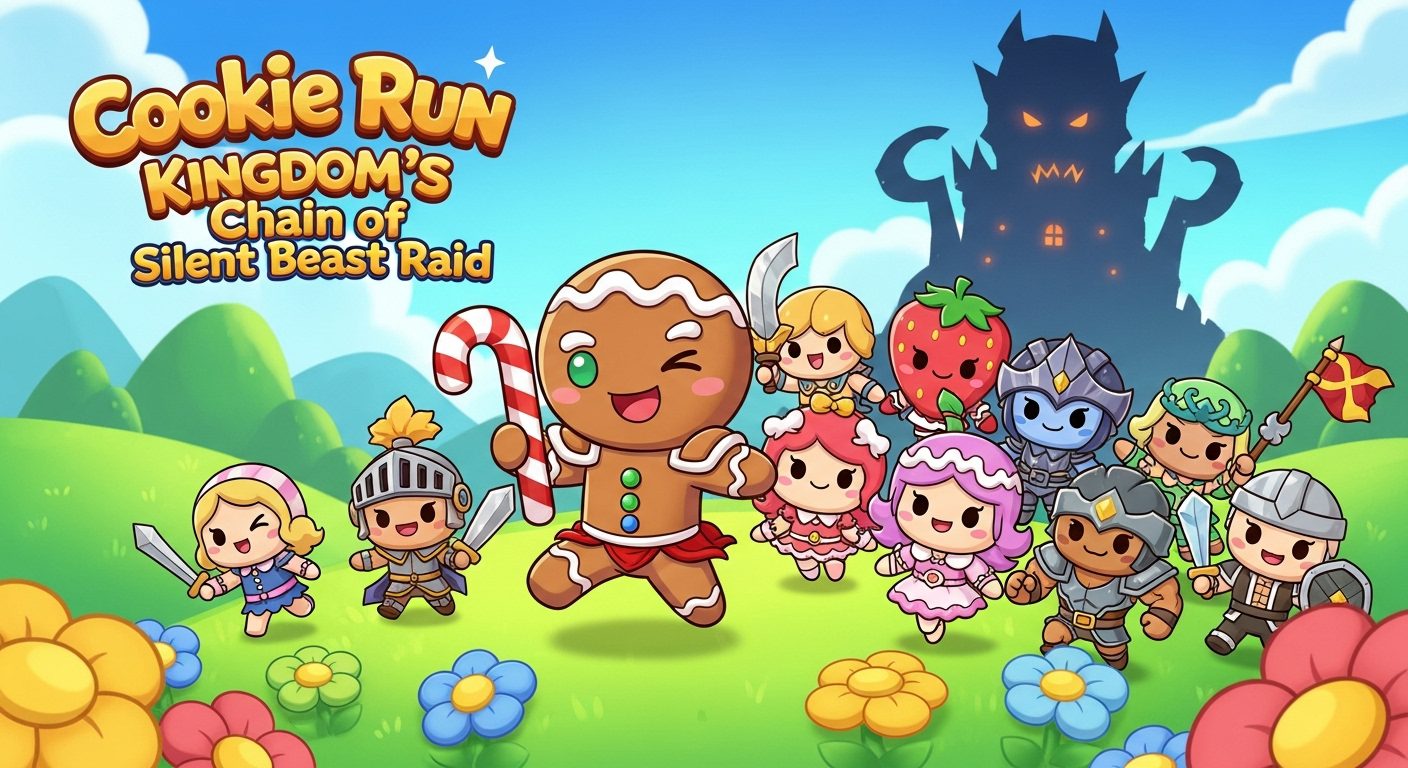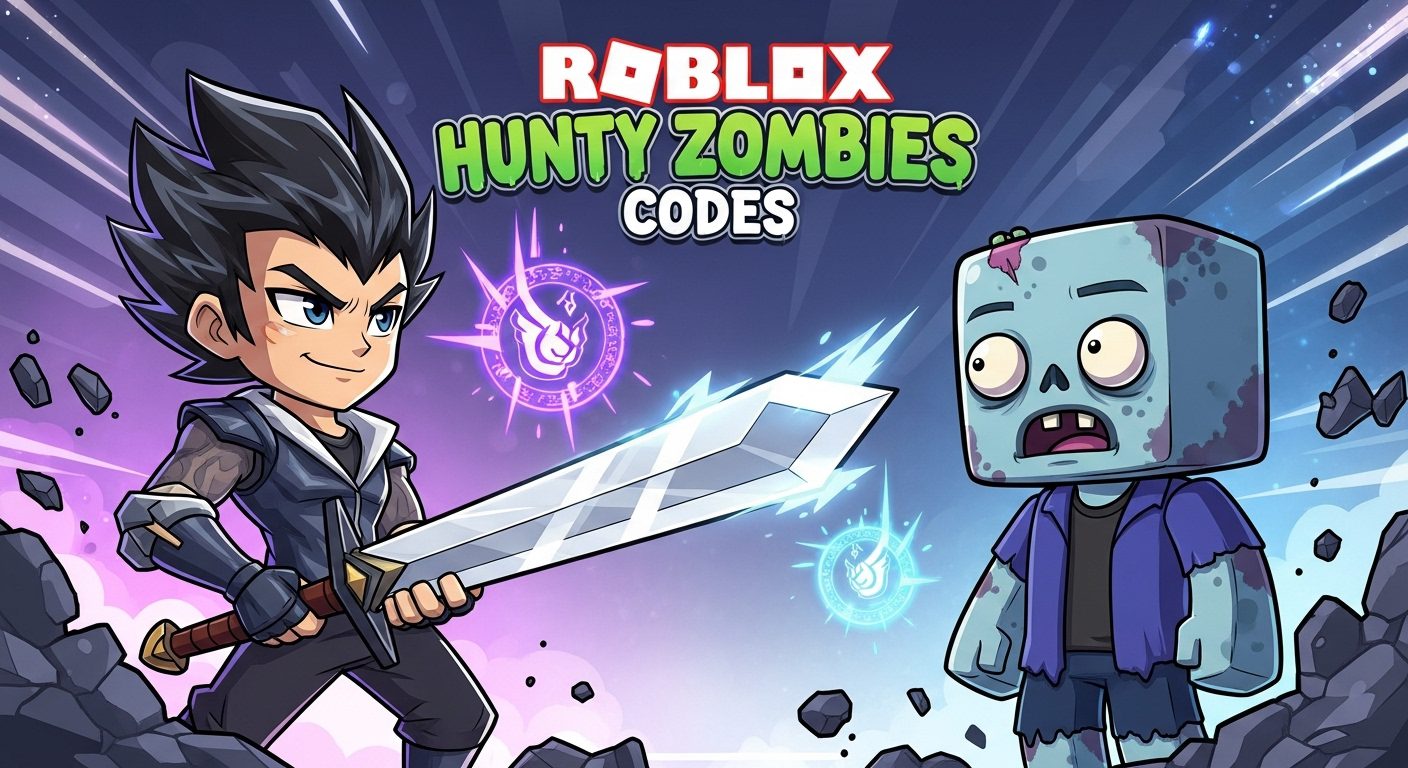

What is the odachi greatsword in Ghost of Yotei? The odachi is a devastating two-handed Japanese greatsword that sacrifices speed for raw power, allowing protagonist Atsu to cleave through multiple enemies with charged heavy attacks and extended reach combos.
In this comprehensive guide, I’ll share everything I’ve learned about Ghost of Yotei’s odachi gameplay from analyzing the latest trailer, including combat mechanics, strategic implications, and how this weapon compares to what we experienced in Ghost of Tsushima. As someone who’s mastered every stance in Jin’s journey, I’m incredibly excited about what this new weapon system means for combat evolution in OP swordmaster open-world games.
| Odachi Feature | Combat Benefit | Best Used Against |
|---|---|---|
| Extended Reach | Hit multiple enemies | Groups & Brutes |
| Charged Attacks | Break guard instantly | Shield enemies |
| Heavy Combos | Devastating finishers | Elite warriors |
The latest gameplay footage from PlayStation’s YouTube channel showcases something truly special. In the 30-second clip released on October 4, 2025, I watched Atsu dispatch five enemies with brutal efficiency using the odachi greatsword. What immediately struck me was how different this weapon feels compared to the katana-focused combat we mastered in Ghost of Tsushima.
The odachi’s animations carry real weight – you can almost feel the momentum as Atsu swings the massive blade. Unlike Jin’s quick katana strikes, these attacks have deliberate wind-ups that reward timing and positioning. I noticed at least three distinct combo chains in the footage, including a devastating spinning attack that caught multiple enemies in its arc.
Sucker Punch Productions has clearly put enormous effort into making each weapon feel unique. The odachi isn’t just a bigger sword – it’s a completely different combat philosophy that will appeal to players who prefer calculated, powerful strikes over rapid attacks, similar to what we see in open-world games with incredible detail.
Based on my analysis of the gameplay footage and what we know about Ghost of Yotei’s combat system, the odachi operates on a risk-reward principle that experienced action game players will appreciate. The weapon’s extended reach – easily 30% longer than a standard katana – allows you to maintain safer distances while still dealing damage.

What’s particularly interesting is how the odachi handles crowd control. In the gameplay video, I counted at least two instances where a single horizontal sweep caught multiple enemies. This makes it ideal for situations where you’re outnumbered, something that happens frequently in open-world stealth games when stealth fails.
The charging mechanic adds another layer of depth. From what I can see, holding the heavy attack button charges the odachi for a guard-breaking blow. This reminds me of Monster Hunter’s greatsword mechanics, where patient players who master charge timing become unstoppable forces. I expect skilled players will learn to weave charged attacks between enemy attack patterns for maximum damage.
Having studied Japanese martial history extensively for my gaming articles, I find Sucker Punch’s interpretation of the odachi fascinating. Historically, odachi (literally meaning “great sword”) were field weapons used primarily against cavalry and in formation fighting during the 14th-16th centuries. These massive blades, often exceeding 90cm in length, required exceptional strength and training to wield effectively.
What Ghost of Yotei gets right is the weapon’s imposing presence and battlefield role. Real odachi warriors were specialists who needed significant space to operate effectively – exactly what we see in the gameplay. The weapon’s slower attack speed but devastating impact mirrors historical accounts of odachi techniques, where a single well-placed strike could change the tide of battle.
The game seems to be taking some creative liberties with mobility – historical odachi users were relatively stationary compared to katana wielders. But this adaptation makes perfect sense for gameplay flow and maintaining the dynamic combat Ghost fans expect.
As someone who spent countless hours perfecting Jin’s four stances, I see the odachi as an evolution of Ghost of Tsushima’s Moon Stance. Remember how Moon Stance specialized in breaking brute defenses with heavy attacks? The odachi takes this concept and builds an entire weapon around it.
Where Ghost of Tsushima required stance-switching for different enemy types, Ghost of Yotei appears to be implementing a weapon-switching system. This is a significant design shift that will fundamentally change combat flow. Instead of tapping R2 to change stances mid-combat, we’ll likely be managing different weapons for different situations, much like in open-world rogue games where tactical weapon choice matters.
The odachi fills the “heavy hitter” role that Moon and Stone Stances shared in the first game, but with more commitment required. You can’t quickly switch away from the odachi’s slow recovery frames like you could change stances, making positioning and timing even more critical.
Based on my experience with similar weapons in other samurai action games and what the footage reveals, here are my strategic predictions for mastering the odachi:
Positioning is Everything: The odachi’s wide swings mean you need to be constantly aware of your surroundings. I recommend fighting in open areas whenever possible and using the environment to funnel enemies into your strike zones.
Master the Charge Timing: Like Sekiro’s charged thrust attacks, the odachi’s charged strikes will likely have specific timing windows for maximum damage. Practice holding charges just long enough to break guards without leaving yourself vulnerable.
Combo Management: The footage shows multi-hit combos that build momentum. I predict the optimal strategy will involve starting with quick attacks to create space, then following up with charged finishers when enemies are staggered.
Know When to Switch: The odachi won’t be ideal for every situation. Fast, agile enemies like we saw in Ghost of Tsushima’s duels will likely require quicker weapons. Understanding when to use the odachi versus other weapons will separate good players from great ones, especially when mastering beginner-friendly open-world games mechanics.
The gaming community’s response has been overwhelmingly positive. On Reddit’s r/ghostofyotei, players are particularly excited about the weapon variety Ghost of Yotei promises. Many, like myself, appreciate how Sucker Punch is expanding beyond the katana-centric combat of the first game while maintaining that signature Ghost feel.
Interestingly, some NeoGAF users raised concerns about the gameplay footage quality, but I believe this is more about video compression than actual game performance. Having followed Sucker Punch’s development process since the Infamous days, I trust their commitment to visual excellence on PS5, especially among multiplayer PS5 games pushing the hardware.
While Sucker Punch hasn’t released detailed developer commentary about the odachi specifically, their previous statements about Ghost of Yotei emphasize giving players more diverse combat options. The odachi perfectly embodies this philosophy – it’s not just another sword, but a completely different approach to combat encounters.
The odachi is just one piece of Ghost of Yotei’s weapon puzzle. Previous reveals have shown Atsu wielding various weapons, suggesting a robust arsenal that caters to different playstyles. As outlined in the Ghost of Yotei weapon guide, we’re looking at a significant expansion of combat options compared to Jin’s journey.
This weapon diversity will likely tie into character progression differently than Ghost of Tsushima’s technique points. I predict we’ll see weapon-specific skill trees that allow deep specialization. Odachi masters might unlock special executions, extended combo chains, or even stance-like variations within the weapon itself.
With Tokyo Game Show 2025 approaching on September 25, I expect we’ll see extended odachi gameplay demonstrating its full potential. Sucker Punch has been strategic with their reveals, and this brief taste is clearly designed to build anticipation for more comprehensive showcases, particularly at TGS PlayStation games presentations.
The October 2nd release date for Ghost of Yotei places it among the most anticipated 2025 games, and based on what I’ve seen of the odachi alone, it’s earned that position. The weapon represents everything I hope for in a sequel – respectful evolution of proven mechanics while introducing meaningful new systems.
After analyzing every frame of the odachi gameplay footage and comparing it to my hundreds of hours in Ghost of Tsushima, I’m convinced this weapon will become a fan favorite for players who enjoy methodical, powerful combat. The odachi isn’t just about dealing damage – it’s about controlling the battlefield through positioning, timing, and overwhelming force.
What excites me most is how the odachi challenges the typical action game meta of speed over power. In an era where most games reward rapid attacks and combo canceling, Ghost of Yotei’s odachi demands patience, positioning, and commitment to each swing. It’s a bold design choice that shows Sucker Punch’s confidence in their combat system, especially when compared to other PS5 exclusives dominating gaming.
As we count down to October 2nd, I’ll be preparing my combat strategies and theorycrafting odachi builds. The brief glimpse we’ve received promises a combat system that rewards mastery while remaining accessible to newcomers – the hallmark of exceptional game design. Whether you’re a Ghost of Tsushima veteran or new to the series, the odachi offers a compelling reason to explore Atsu’s journey through feudal Japan.

